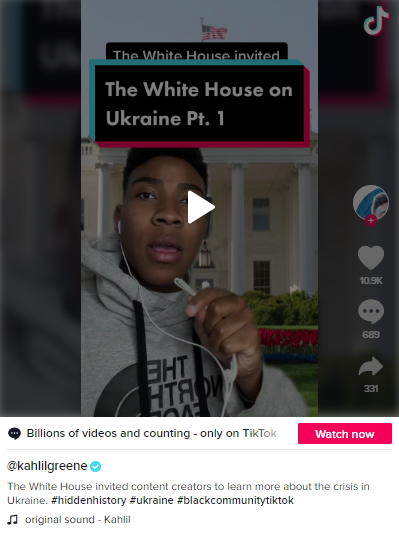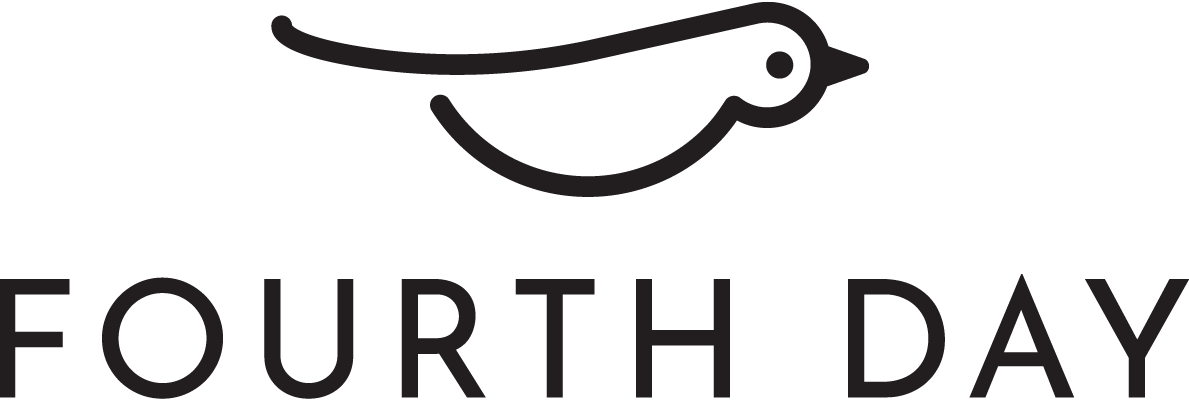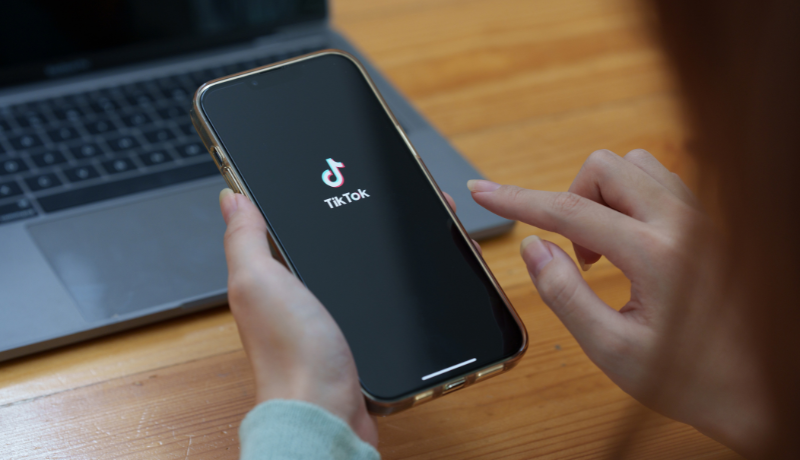Can TikTok and Insta Take Over the Traditional News Industry?
By Dominik Jones
A study conducted by the Reuters Institute in 2023 has shown that Tiktok is one of the fastest-growing social networks, used by 44% of 18-24 year olds for any purpose and by 20% for news.
It was also revealed that users on Tiktok, Instagram and Snapchat pay more attention to celebrities and social media influencers than to journalists and media companies. 55% of Tiktok users and 52% of Instagram users got their news from “personalities” on the respective platforms.
The growing reach of these social networks is undeniable. They have created the largest, and most diverse news audience that we’ve seen in our history. But what does this mean for the news industry, and how will this impact our future?
How Has Social Media Changed in Recent Times?
It now feels strange to remember a time where each social media platform had its own distinct function. I’m a recent graduate, and I grew up with Facebook being a place to share moments with family and friends, with Twitter being a space to discuss exciting news, and Instagram being a visual platform where you could showcase art, photography, and other creative ventures.
As time goes on, however, we are increasingly seeing an overlap between these social media platforms. With Instagram ‘Reels’ imitating TikTok, and Facebook ‘Stories’ mimicking Snapchat, the lines between social media sites are becoming blurred – it’s becoming increasingly difficult to see where one platform ends and another one begins.
But it also seems the overlapping functions of social media sites have captured the news industry. And now more than ever, traditional news companies like the BBC and Sky News are looking to break from their traditional platforms and amass millions of likes and follows by embracing the short-form video formats popular on TikTok.
In doing so, news companies are aiming to reach audiences who are consuming news on social media, and to position themselves as a primary source of news. This is enabling journalists to reach wider audiences than they ever have before, whilst simultaneously enhancing engagement and enlisting a loyal following.
What Are the Implications of This Change?
This is also changing the definition of what a journalist looks like, with sites like TikTok pushing forth a new age of news reporting.
TikTok’s power as a news source has been cemented in the past year, during the war between Russia and Ukraine. On one hand, we’ve seen footage from Ukrainian influencers depicting the bleak reality of the invasion, and on the other, we’ve seen The White House brief popular TikTok content creators on the conflict, and the US’s role in it.

"TikTok’s power as a news source has really been cemented in the past year."
This really brings home the reality of how the current generation wants to consume their news. In an age where the power of an individual’s online personality is paramount, it makes sense that the younger generation want to get their news from people who they can relate to. But how far can you blend an online personality and news reporting?
As with all things in their infancy, this new format of news and reporters brings forth a whole set of challenges and dangers. A key one of which is disinformation, and the rapid spreading of it. We’ve seen countless examples of this happening already, whether that may be pseudo doctors sharing misinformation regarding COVID or Russian propaganda.
The question is, how harmful is this, and how can it be prevented? The answer… we don’t know yet. But, if the Reuters survey is anything to go off, measures need to be put in place to verify the facts that are constantly being posted and shared. Not only for the protection of younger people, but also as an effort to not slip into a post-truth world.
Interestingly, here at Fourth Day, we are working with an organisation which is attempting to equip journalists with the tools that they need to separate fact from fiction. It’s possible that, as time goes on, tools like these will become integral to the everyday lives of journalists and marketers alike.
The other question, when it comes to business news and B2B public relations, is how big of an impact will a development like this have? If government press offices are taking this seriously, will we also see major corporations choosing to share news on these platforms in the future?
We can’t presently know how things will play out for sure, but if a growing proportion of the population continues to consume news in this way it could become hard to ignore. It’ll be interesting to see how events transpire, and what ripple effects it will have on other industries.
Share this:




